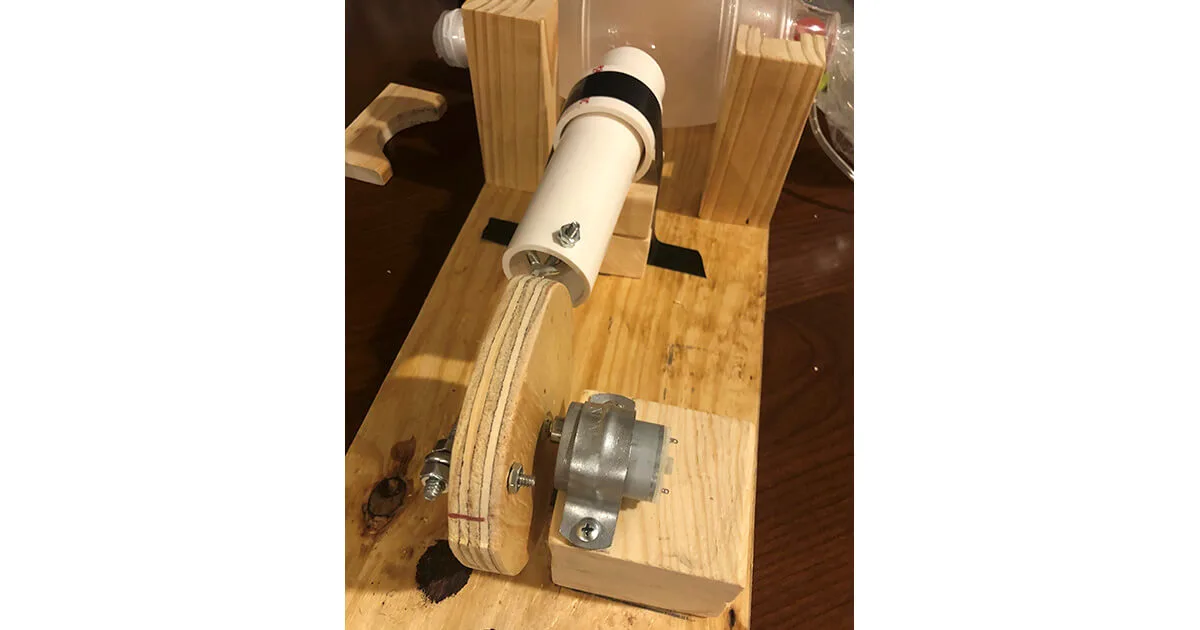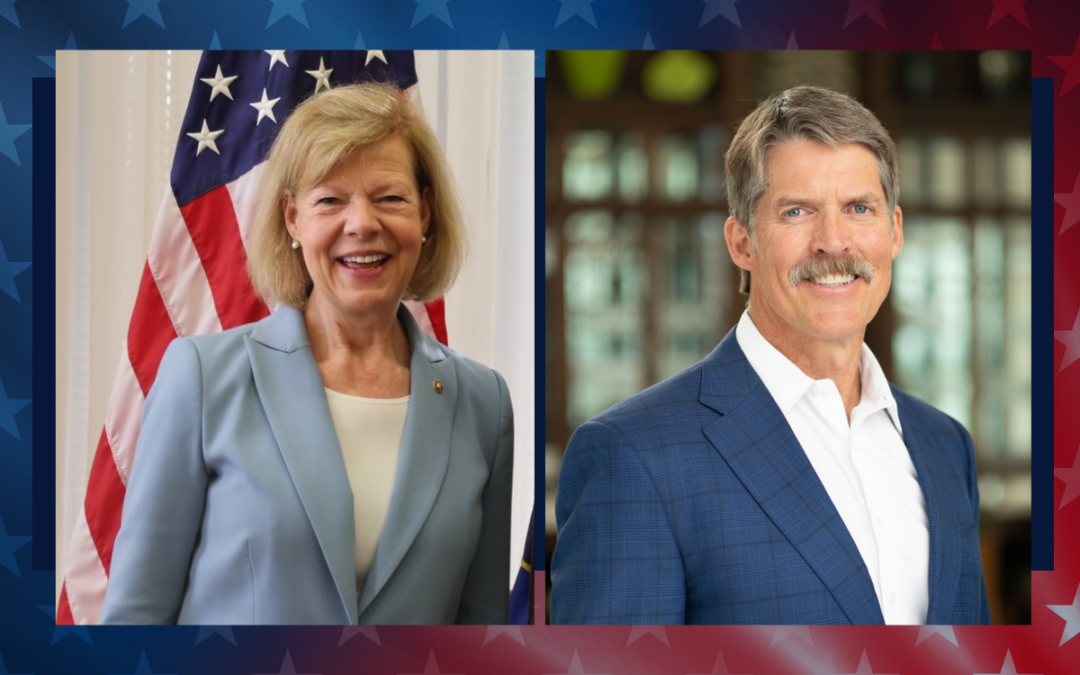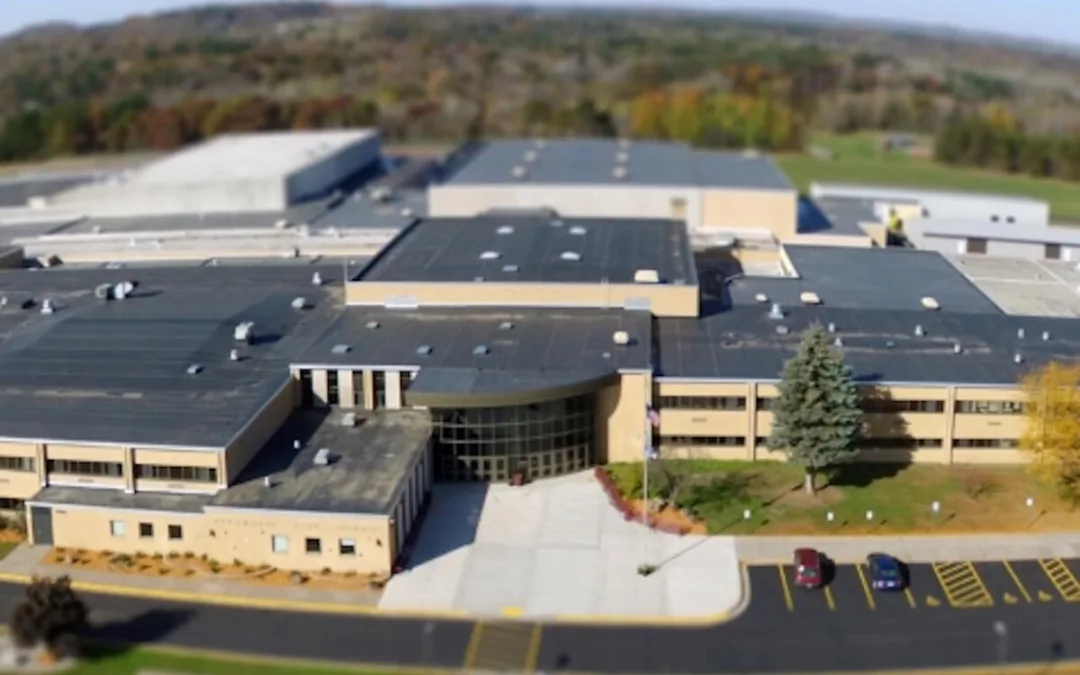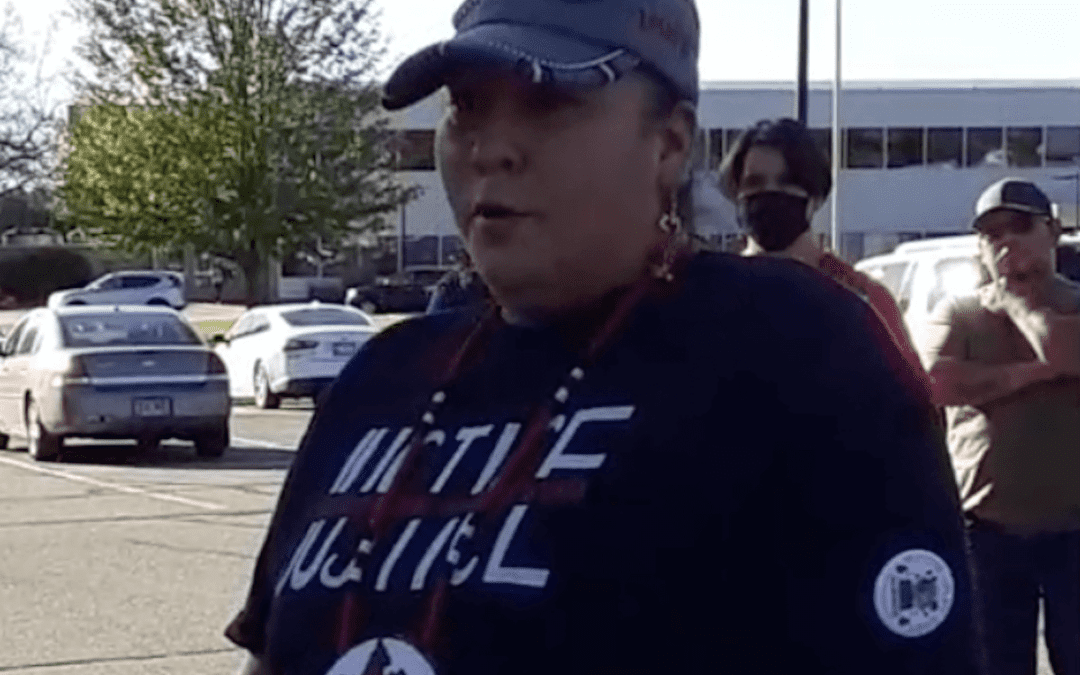
#image_title
#image_title
Four seniors at Ashwaubenon High School invented a simple, affordable, and non-invasive ventilator, earning third place at recent competition.
Since the start of the coronavirus pandemic, ventilators have become a common word in virus-related news. The device is used to treat patients in severe respiratory distress by mechanically moving air into and out of a patient’s lungs. Placing a patient on a ventilator is an invasive process, with sedatives given to avoid the pain of the “intubation” process.
But thanks to four seniors at Ashwaubenon High School, there may someday be a non-invasive and affordable option available to patients.
“We see our ventilator being used for patients who are struggling to breath but aren’t at that life-or-death point of needing to be put on a medical-grade ventilator,” said Ashwaubenon senior, Brady Wittig.
Wittig was one of the four students who worked for several months, creating a design that involves a battery-powered motor that turns a wheel, which in turn pushes a PVC pipe back and forth. The PVC pipe pushes down the Ambu-Bag, forcing air into the patient’s lungs. The design they came up with is less invasive than a medical-grade ventilator. Instead of a tube down the trachea it uses a mask over the patient’s mouth.
It earned the four students a third-place finish at the University of Kansas engineering department’s annual High School Design Competition at the end of October.
“Even if we are just high school students, I think it shows that we can still make a positive impact in our community and in the world,” Wittig said.
Callie Raacke brought the idea to her classmates earlier this year. Having recently moved to Ashwaubenon from Hayes, Kansas, she had competed in the University of Kansas’ engineering competition before.
Raacke approached Mikayla Mitchell, one of the first friends she made at Ashwaubenon, who she said was very intuitive, a skill that helps during the construction process. She also asked Wittig, the class valedictorian who she said is, “notorious for being one of the geniuses of our school,” and Naveen Balu, who applied his engineering skills to the electrical components of the design.
This year’s challenge was to create a ventilator. The students were provided an adult Ambu-Bag, a manual resuscitator with a mask, and had a faculty advisor, science teacher John Fischer, but that was it.
“I really stayed hands-off on this,” Fischer said. “They needed an advisor so I was the advisor but I was pretty adamant with them that this is your project.”
The first few weeks they were meeting in-person after school in Fischer’s room to review designs they’d found online and develop their own. The group decided they wanted to create something that could be applied in a wide range of settings.
“The two main things we were concerned about were keeping the cost low—we wanted it to be a quick assembly–and we wanted anyone to be able to build the design,” Wittig said. “If anyone wanted to volunteer to help build this ventilator, they could do it quickly and cost-effectively.”
But when their school closed due to COVID-19, they had to switch to virtual. Malu said that while it was challenging, it was a valuable learning experience.
“Building a ventilator together in-person is already a hard task but doing it virtually… it’s a whole other different level,” Malu said. “Having the opportunity to experience that really made me not only grateful for what we have in schools where we get together so freely but it also taught me how to work together even in times of difficulty and how we can work together regardless of what challenges there are.”
Raacke ended up doing most of the construction in her garage. She said having a project to keep her busy helped her cope with the situation.
“I feel like building a ventilator gave me something to put my energy towards,” Raacke said. “Of course I have school but this was just another avenue that I could put any of my COVID-related frustrations into to actually try to solve a problem.”
Finally after all the fine-tuning, the device was ready. They packed it up and shipped it off to Kansas. And because every great invention needs an acronym, they named it Project WISCO, which stands for Wooden Instrument to Supply COVID patients with Oxygen.
They gave a virtual presentation on the device for the competition and everything was going fine until it was time to show the judges the device in action:
“Unfortunately because the weather was super cold the battery actually drained,” Balu said. “The battery didn’t have enough charge to power our ventilator.”
The team was able to submit a video of the device they’d taken before shipping it off and they still placed third.
After graduating this year, Wittig plans on studying biomedical engineering at University of Wisconsin-Madison; Balu plans on studying computer science; Mitchell and Raacke are still undecided, though Raacke said she’s torn between bioengineering and political science and law.
Politics

What’s the difference between Eric Hovde and Sen. Tammy Baldwin on the issues?
The Democratic incumbent will point to specific accomplishments while the Republican challenger will outline general concerns he would address....

Who Is Tammy Baldwin?
Getting to know the contenders for this November’s US Senate election. [Editor’s Note: Part of a series that profiles the candidates and issues in...
Local News

Stop and smell these native Wisconsin flowers this Earth Day
Spring has sprung — and here in Wisconsin, the signs are everywhere! From warmer weather and longer days to birds returning to your backyard trees....

Your guide to the 2024 Blue Ox Music Festival in Eau Claire
Eau Claire and art go hand in hand. The city is home to a multitude of sculptures, murals, and music events — including several annual showcases,...




